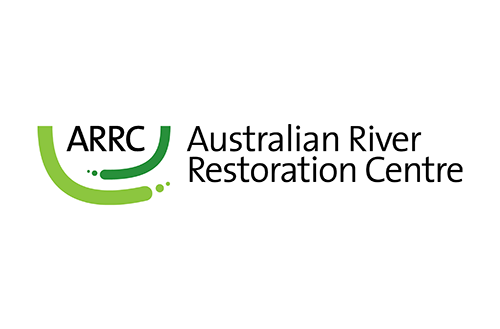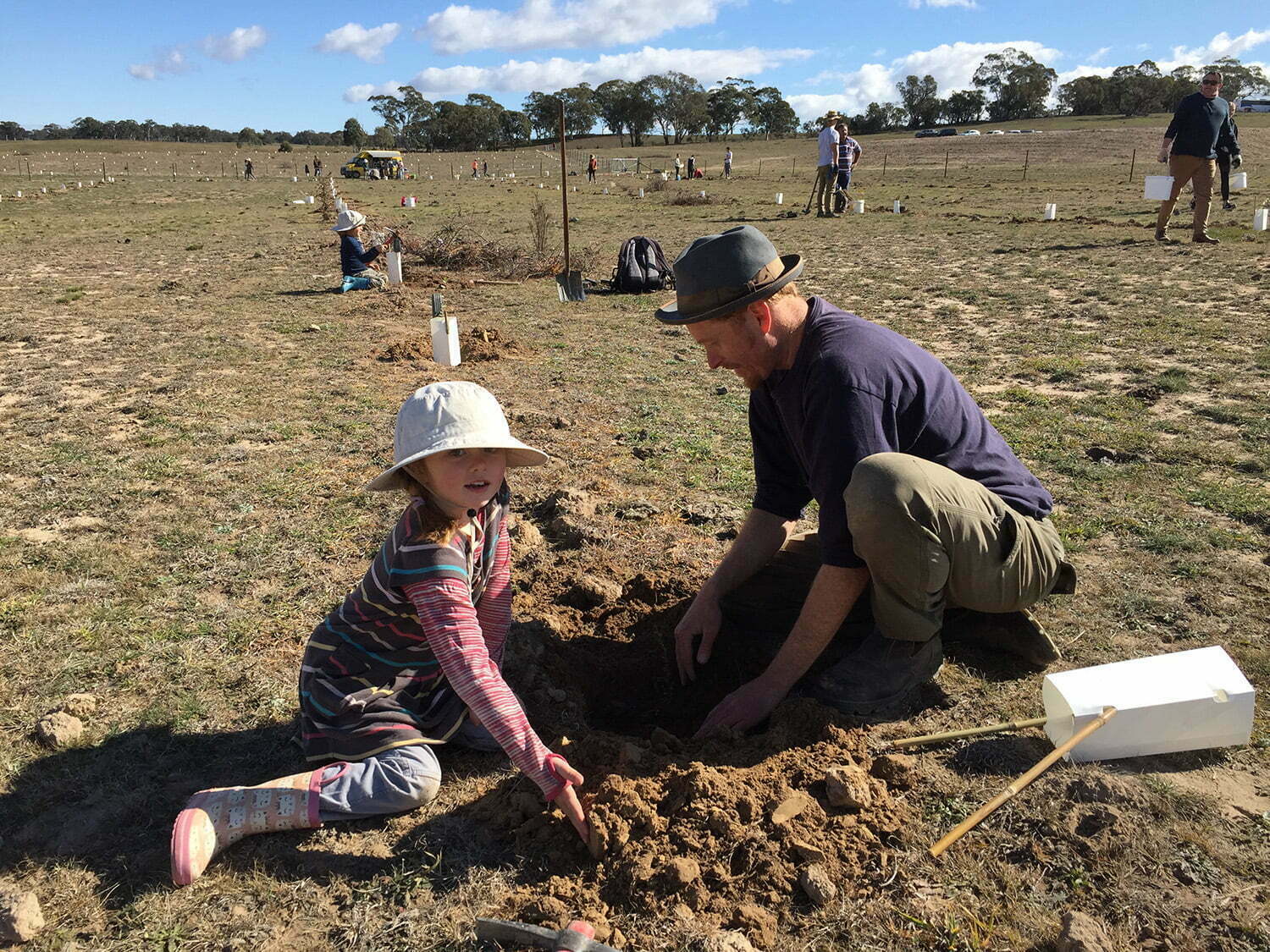This is the story of a day in the life of RoC project officers, completing the crucial evaluation process to ensure funds and efforts are reaping the expected returns. As Lori and I set off on our final day of site visits before the holidays, the stories were stacking up. Read on for a glimpse at our unforgettable adventures…
The clock strikes 6:30am and the wake up alarm starts ringing.
Gumboots on? Check. It rained yesterday, and the day before… and the day before that.
Red binder in hand? Check. It holds the maps, site information and directions for each site, weighing in at 2.5kg and over 100 pages long.
Full tank of petrol? Check.
4WD? No, we might need to get creative…
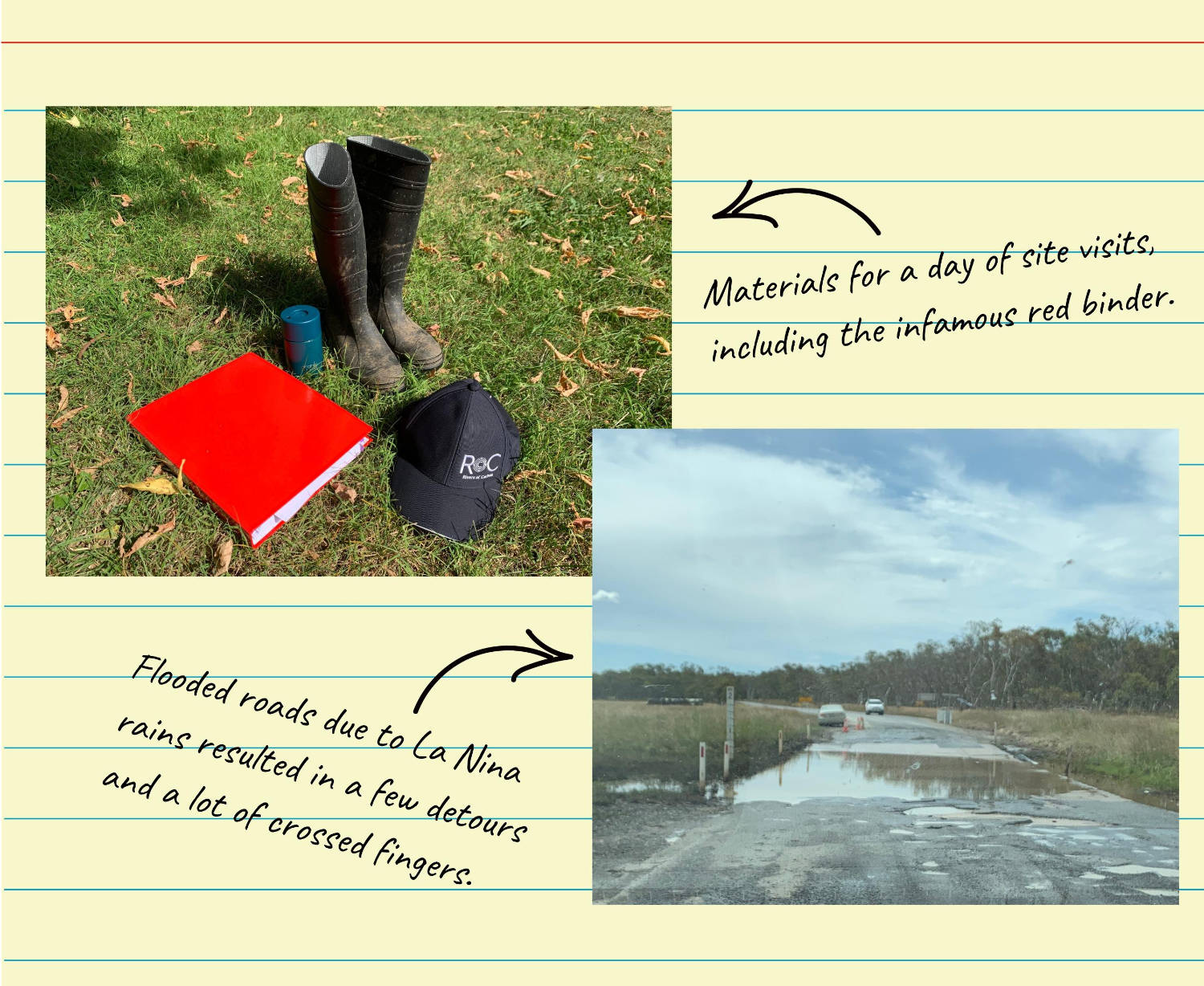
Visiting RoC sites is arguably the best part of the job. Fresh air, good people and beautiful landscapes always makes for a fulfilling day. Sometimes, there’s even a funny story or two to mark the trip as a highlight. From bogging quad bike rides to getting showered in golden orb spiders, each day brings something new. As always, the first hurdle is actually getting to the site…
Our top 5 favourite site visit stories
1) “I hope you aren’t afraid of spiders”
These were the comforting words out of one landholder’s mouth before we plunged shoulder-deep into a field of phalaris. As the quad bike picked up speed, golden orb spiders came flying at us. In our hair and down the gum boots, the little critters came in droves.
Finally, we reached the RoC site and piled off the quad with our new arachnid friends. “So much for a fear of spiders” Lori yelled, “I don’t think I mind them too much after that encounter”. Famous last words. That was only the first site of five.
Back on the quad and through more spider-ridden pastures, we reached the next four sites. By the end, we walked away with one less phobia, great photos, and an even better story.
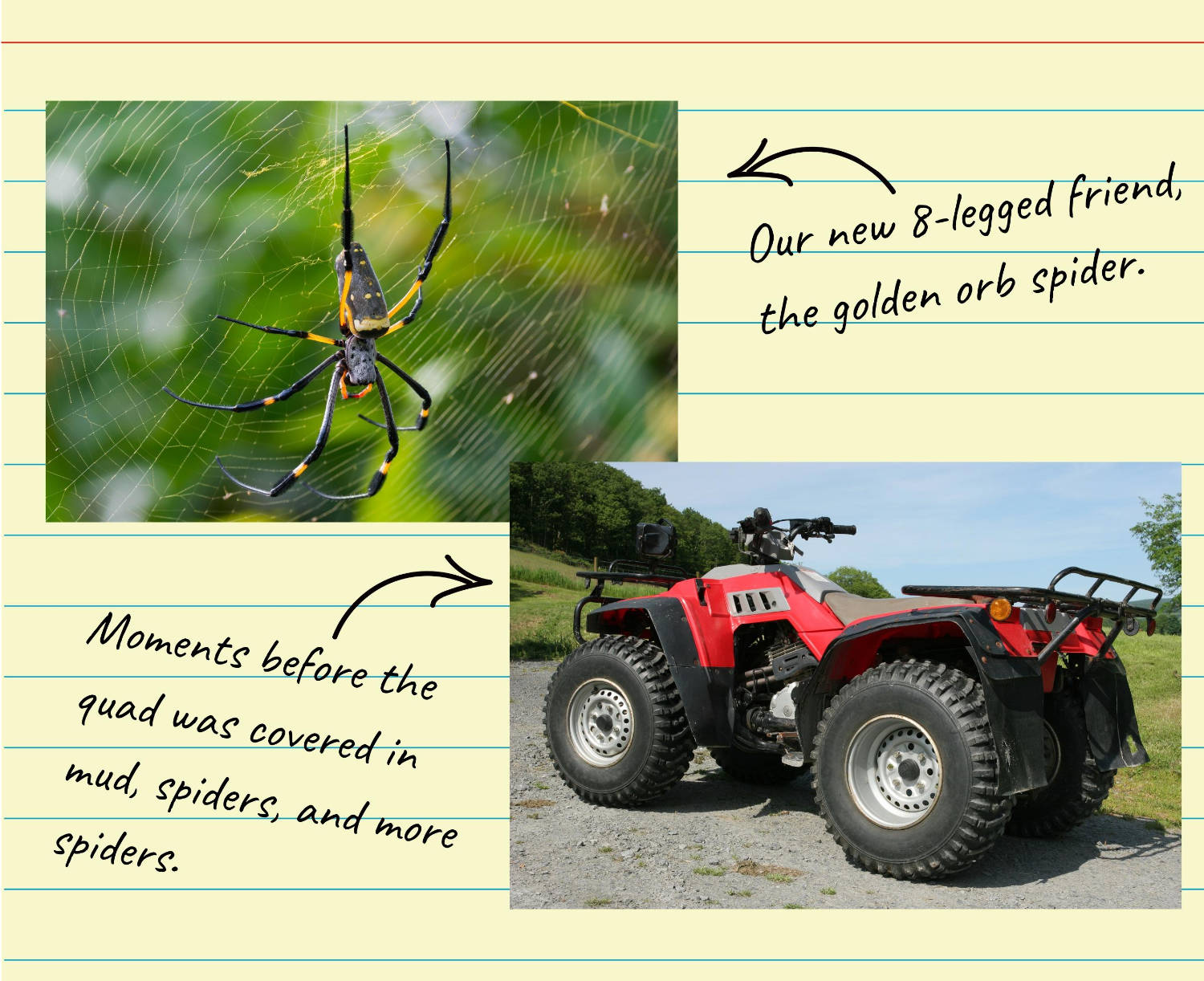
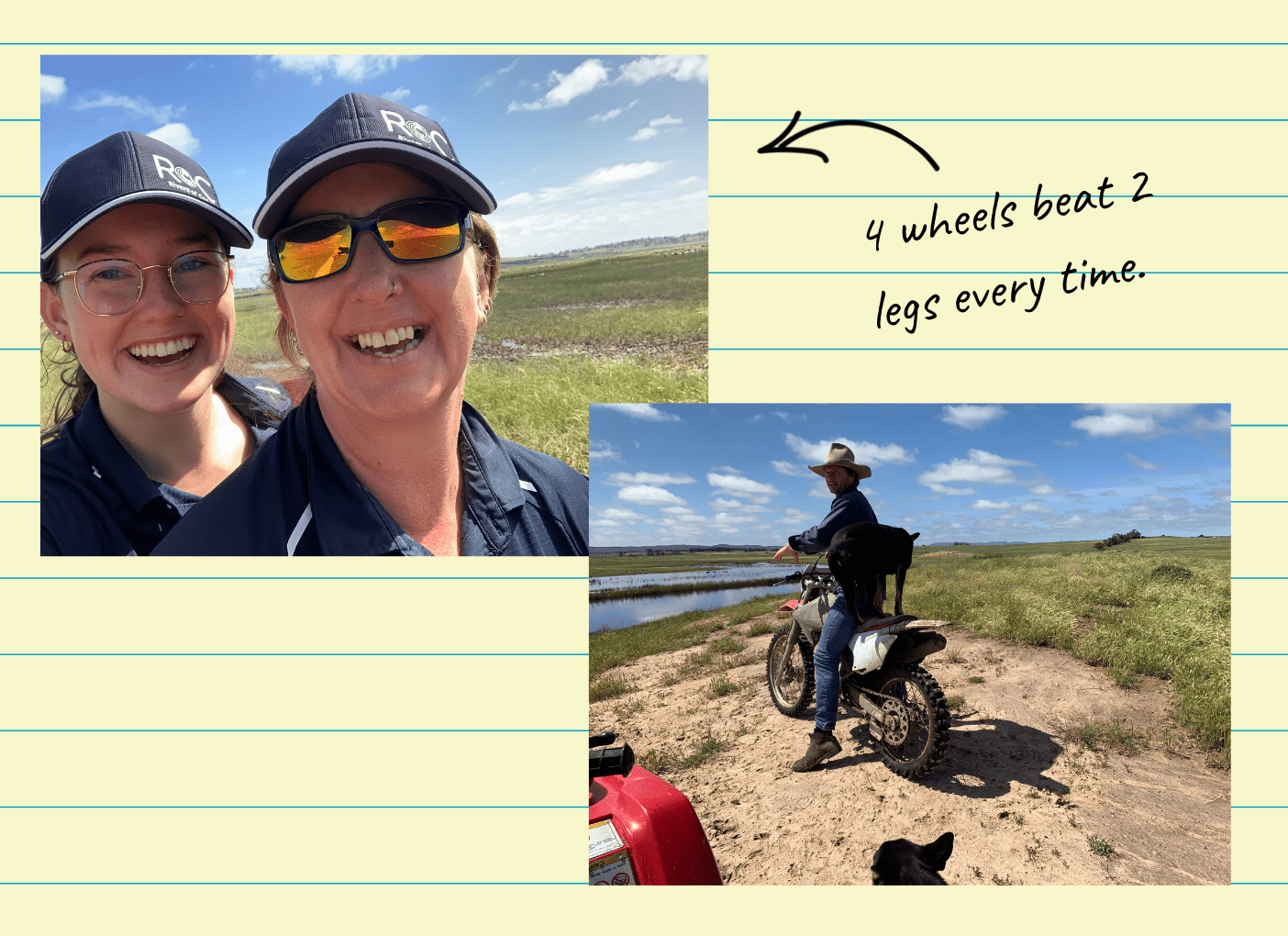
2) What’s your mode of transport?
As the rain set in, the ute became too risky so we prepared for a long 3k walk to access the first project site. To our surprise, there was a quad bike with our name on it upon arrival! The team that day consisted of one landholder, two working pups, two RoC’ers, and a bike/quad duo for crossing all terrain.
After a failed start or two, we were on our way. “Hold on! Do you think this thing could crack 60kph?” asked the driver as we slipped through soaking wet paddocks. Of course, there was only one way to find out. Spoiler alert: it could.
If I learned anything that day, it was to claim the driver’s seat next time.
3) The local egg supplier
After a long day of site visits, Lori and I finally reached the last property of the day near Mount Fairy, NSW. The trip started like any other, walking along the 750m of restored waterway, checking in on the 250 three-year-old trees, and taking photos of their progress. Little did we know what was coming our way…
As we gathered back at the house to reflect on the project’s success, we heard the sounds of chickens. This prompted the gift of eggs, one of the most rewarding gifts you can get and, and in this case, also the most beautiful. Check them out below, how could we say no!
Naturally, this sparked a conversation about the beautiful range of egg colours that are possible. We learned all about Favaucana hens laying pale sage green eggs, Ameraucanas’ light blue shells, Australorps’ pale pink repertoire and Leghorns’ pure white eggs. And last but certainly not least, Isa Brown’s classic light brown eggs which rounded out the dozen.
With eggs in hands, Lori and I jumped back on the road with plenty of chicken-related content to last the whole ride home to Canberra.
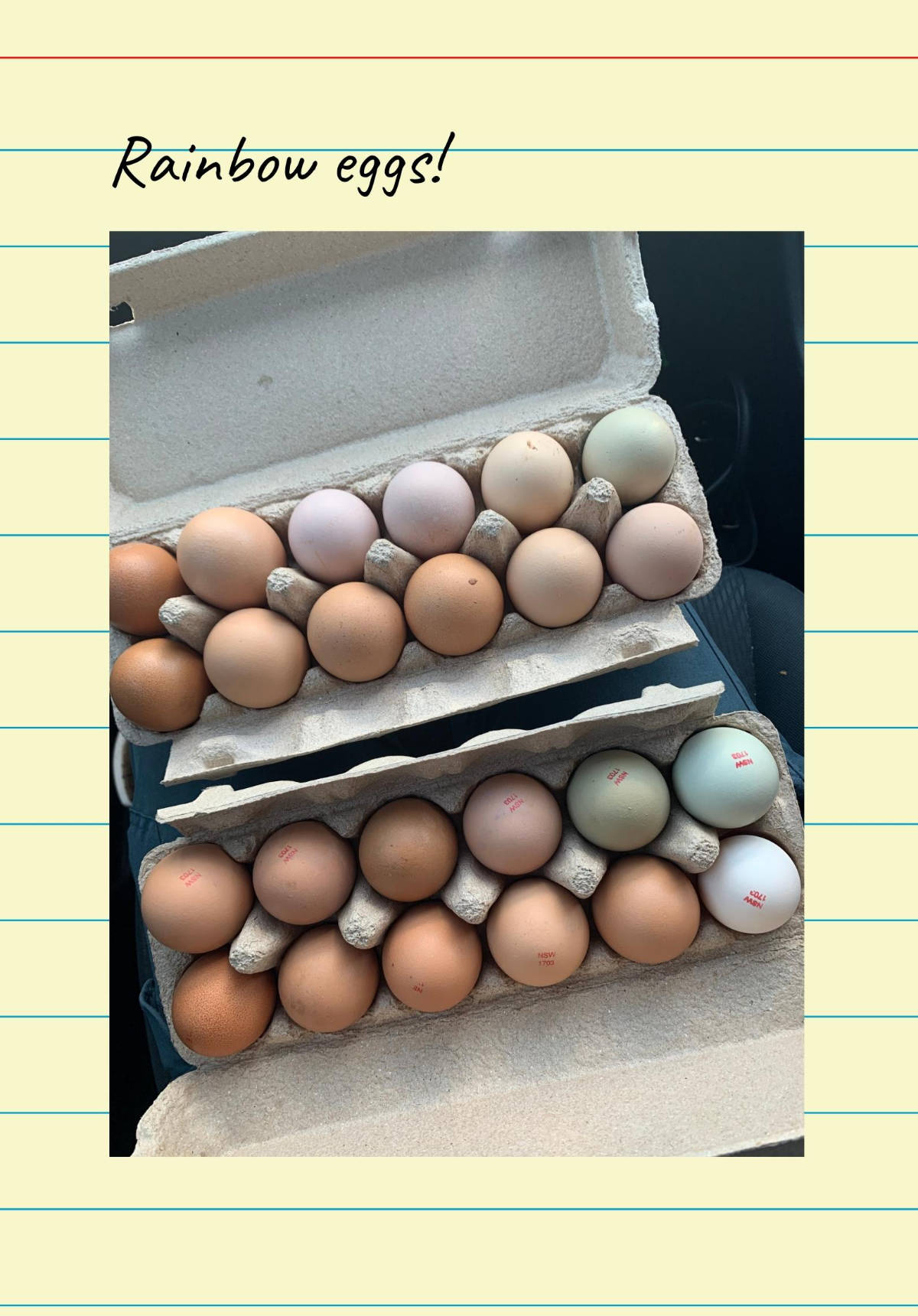

4) Mandatory biccy and tea break
Having left Canberra bright and early, I pulled up to the next property near Lerida, NSW at 8am where three dogs greeted my arrival. They would be joining us on the site visit as valued members of the team, of course.
While walking along a 2.2 ha gully protection and rehabilitation site, we checked in on the 400 newly-planted trees which aimed to stabilise the banks and promote ground cover along the rugged terrain. After a successful lap along both banks, we trekked back to the house to debrief over freshly baked Anzac biscuits and hot cuppa.
Finally the rumour that all good site visits end in a conversation over tea and Anzac biscuits made sense! Taking the time to have these conversations is so important. They help to build and maintain the tight-knit RoC community that we all enjoy being a part of.
5) Bogged. What’s plan B?
Finally, the RoC team had come to the last site visit of 2021. After good luck all day, it was only right that our trip back to the house took an unexpected turn.
The ground was squelching under the tyres of the 4WD ute. “I know I’m pushing my luck” said the landholder, “but let’s just see how we go”. Just two metres before the river crossing, we heard the back left tyre lose grip. The engine reved, and there was a moment of silence before we laughed at our own fate. “I hope you’re okay driving home with wet socks,” he laughed.
So we rolled up our sleeves, held the red binder up high and waded into the flooded river crossing. The water poured over the brim of my tall boots as we hit halfway. We left the bogged ute on the other side of the river as we trekked up the hill. Luckily, I brought a spare pair of socks just in case of an adventure like this!
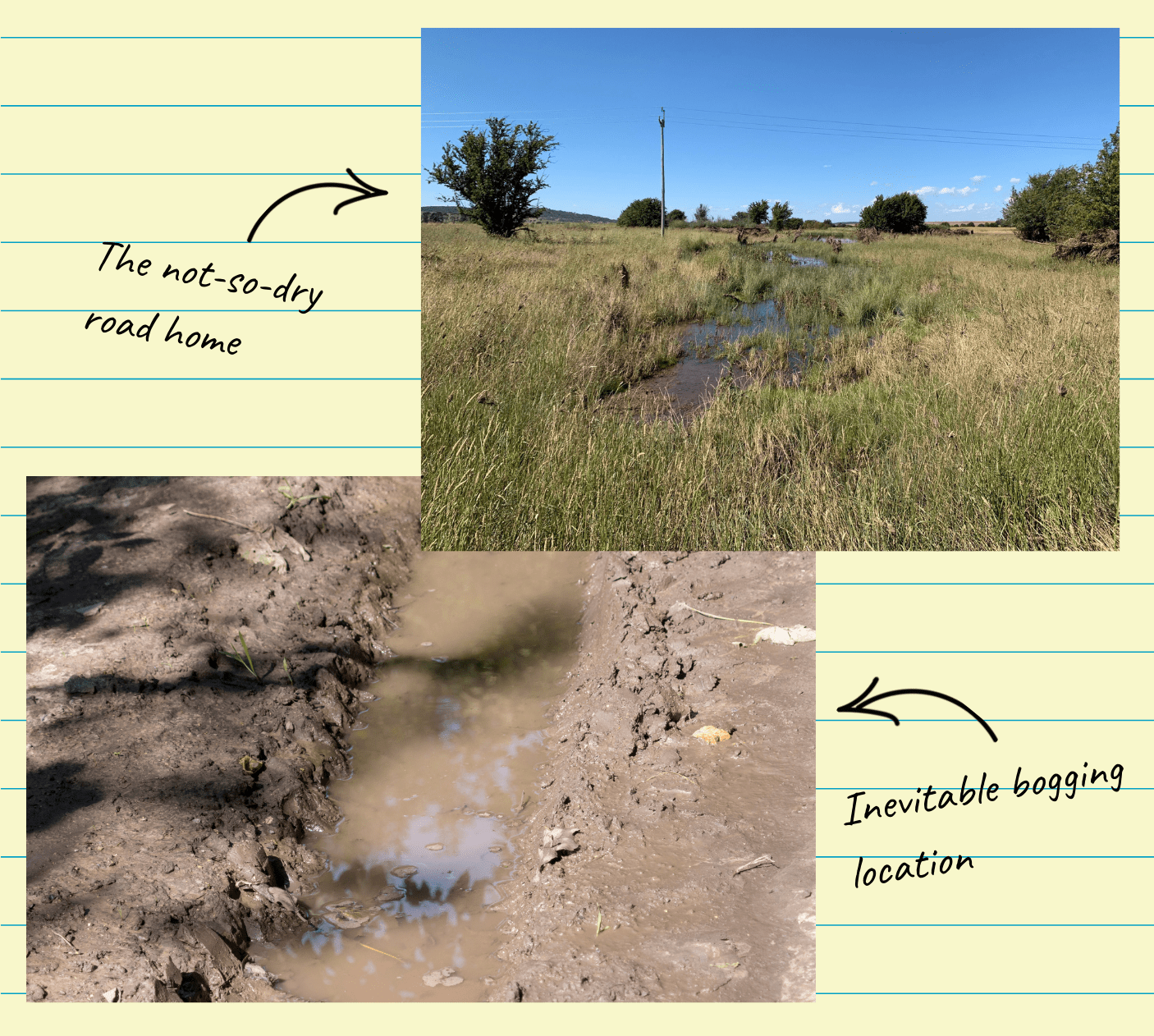
These stories helped to make site visits not only worthwhile, but exciting! We’d like to extend a huge thank you to the landholders for their time, knowledge and generosity and look forward to another round of visits in the near future.
Join a Rivers of Carbon project! 👋
If you’re interested in joining a RoC project, our Sydney Source Water Linkages Program is providing opportunities for landholders in select regions – click here to view the map or visit the program page to learn more.
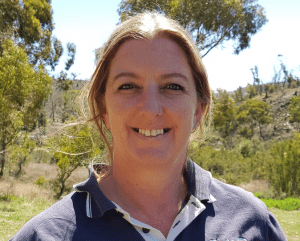 To talk to a Program Manager, please reach out to Lori Gould:
To talk to a Program Manager, please reach out to Lori Gould:
Phone: 0439 030 058
Email: lori.gould@arrc.com.au
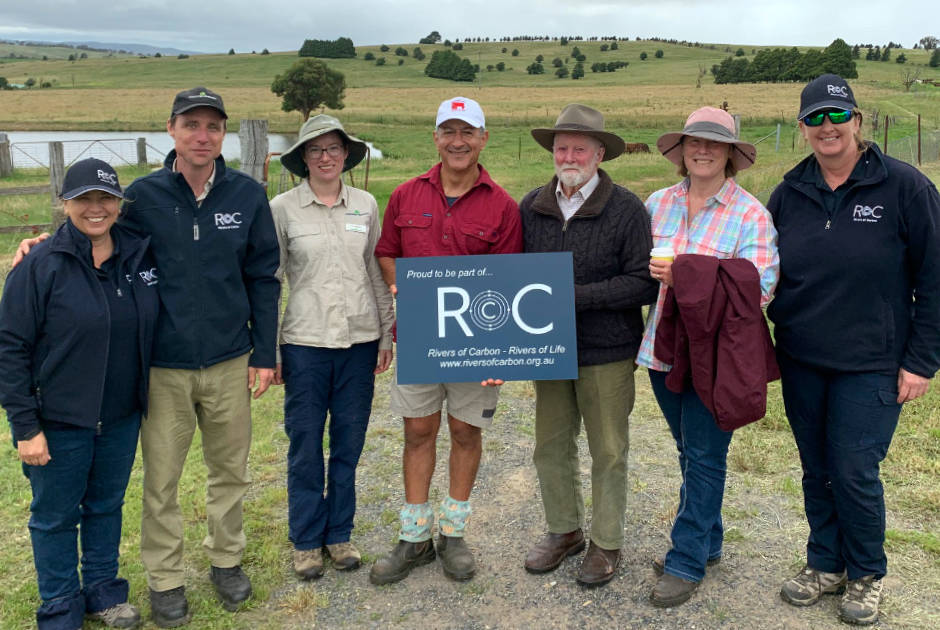
Final site visit snapshots
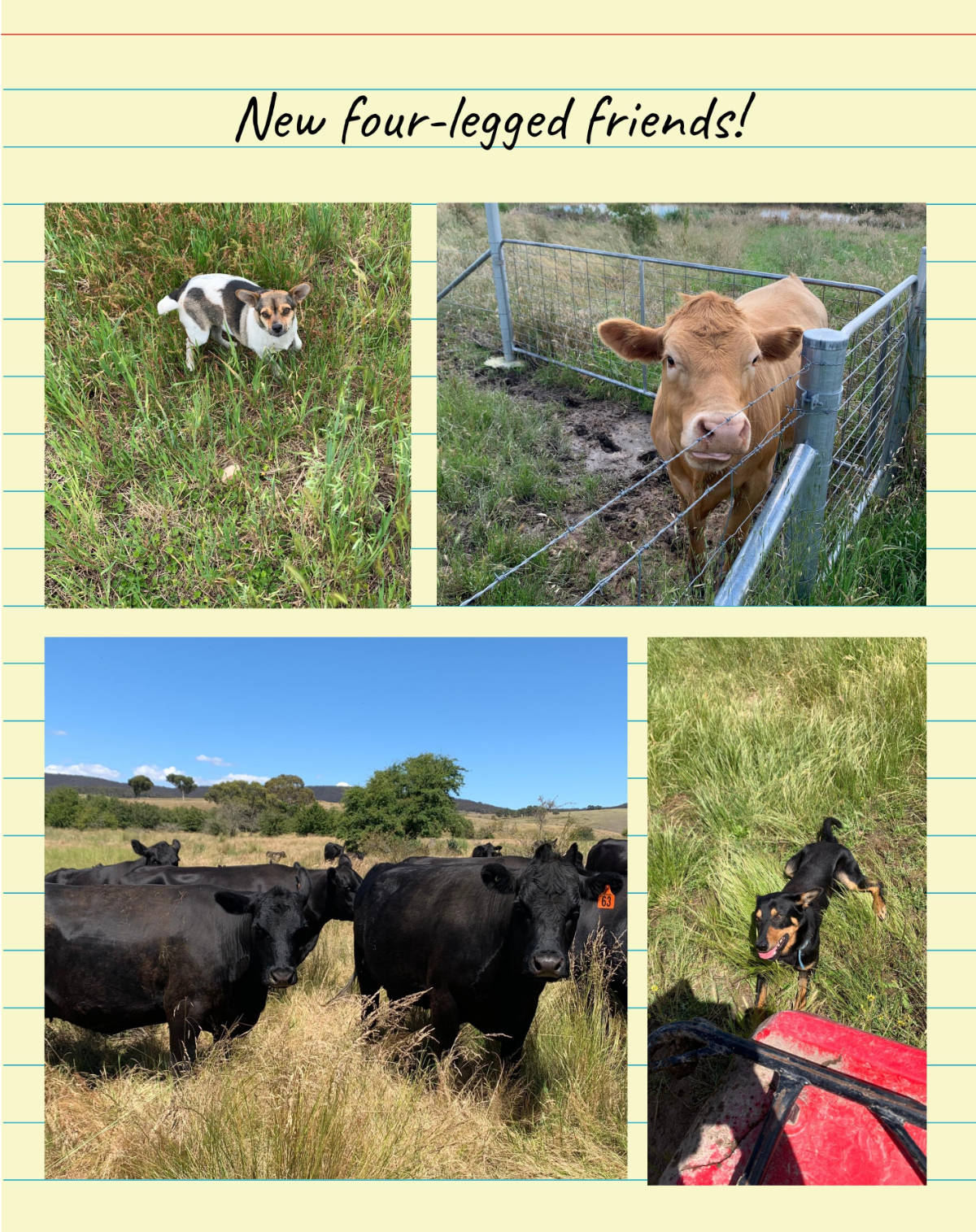
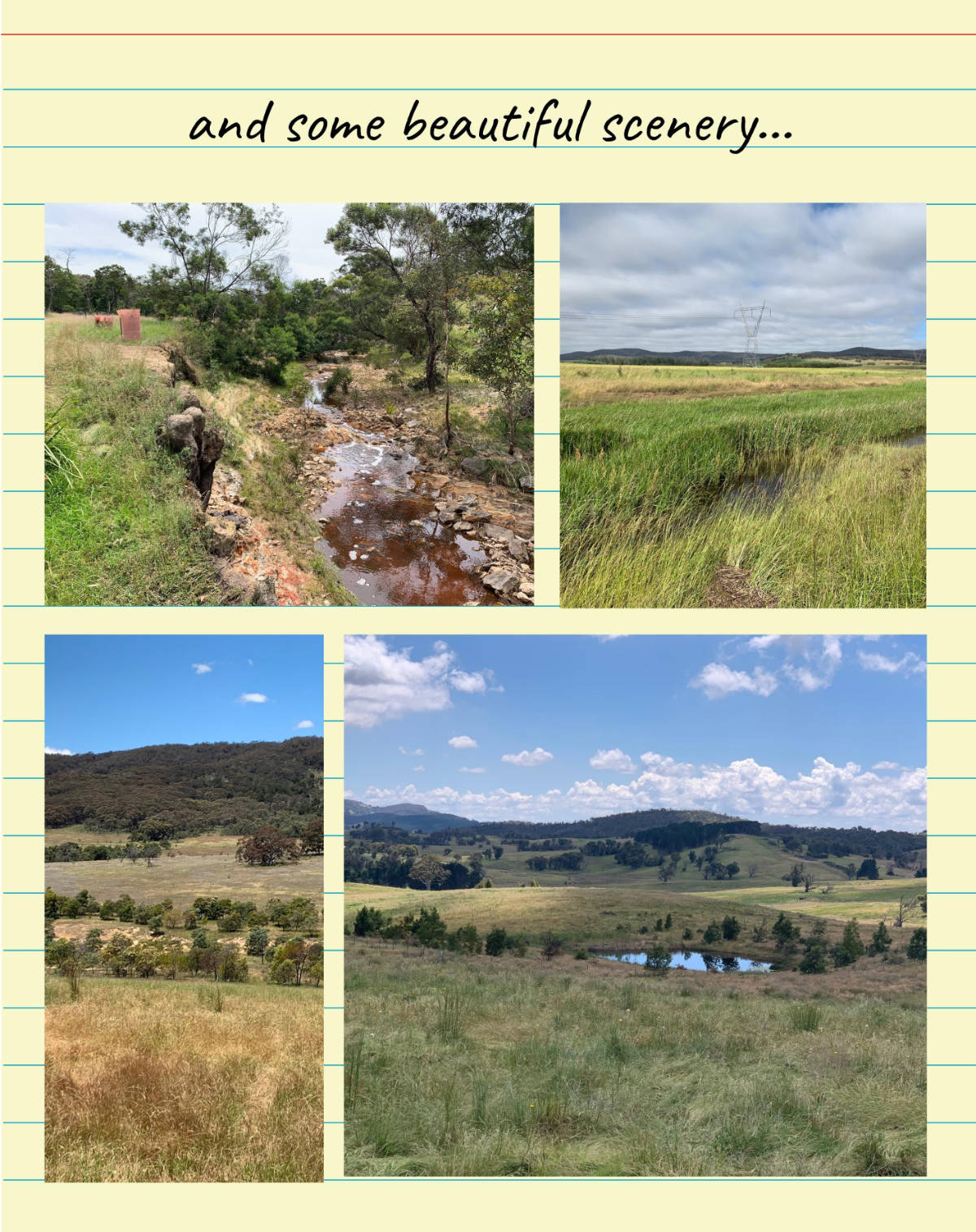
Author: Mikayla Hyland-Wood
Photo credits: Mikayla Hyland-Wood and Adobe.
Source Water Linkages
Rivers of Carbon and WaterNSW work in partnership with landholders in Sydney’s water catchments to manage rivers, creeks, wetlands or ponds, to reduce erosion, improve water quality, stabilise banks and boost biodiversity through revegetation.
